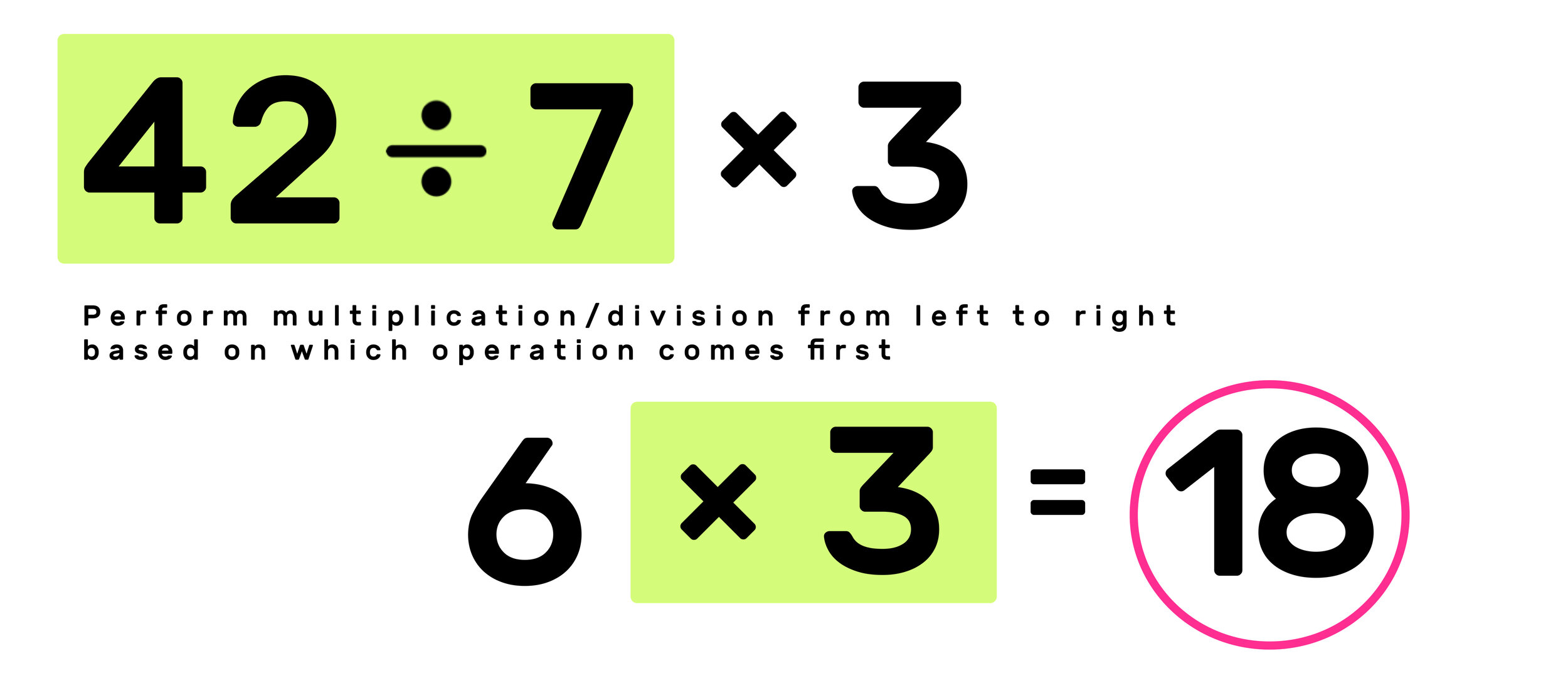Entering the realm of mathematical expressions might seem daunting at first, but it’s a fundamental skill with applications across various disciplines. Whether you’re a student exploring basic math concepts or someone encountering mathematical expressions in a new context, understanding and utilizing these expressions can be an empowering experience. Here’s a comprehensive beginner’s guide to help you navigate through using mathematical expressions:
Understanding Mathematical Expressions:
Mathematical expressions are combinations of numbers, symbols, variables, and operators that represent mathematical relationships or equations. They can include arithmetic operations like addition, subtraction, multiplication, division, as well as symbols for variables (such as x, y, z) and functions (like sin, cos, log).
Basic Arithmetic Operations:
Start with the four fundamental arithmetic operations: addition (+), subtraction (-), multiplication (* or ×), and division (/ or ÷). Practice using these operations with whole numbers, fractions, and decimals to perform calculations.
Variables and Constants:
Variables represent unknown or changing quantities (e.g., x, y, z), while constants are fixed values (e.g., π for pi, e for Euler’s number). Learn to differentiate between them and use variables to solve equations or represent relationships.
Order of Operations (PEMDAS/BODMAS):
Follow the order of operations: Parentheses/Brackets, Exponents/Orders, Multiplication and Division (from left to right), and Addition and Subtraction (from left to right). This helps clarify the sequence for solving complex expressions.
Equations and Solving for Unknowns:
Equations are statements asserting that two expressions are equal. Practice solving simple equations (e.g., 2x + 5 = 11) by isolating the variable to find its value. Understand basic techniques like inverse operations (opposite of addition is subtraction, and vice versa) to solve equations.
Introduction to Algebraic Expressions:
Dive into algebraic expressions involving variables, coefficients, and operations. Practice simplifying expressions by combining like terms or applying distributive properties.
Graphing and Functions:
Explore the concept of functions and graphing. Understand how functions represent relationships between variables and how to plot them on graphs, enabling visual representation of mathematical expressions.
Practice and Application:
Apply mathematical expressions to real-life scenarios or problems. Use expressions to solve practical problems in science, economics, engineering, or any field where quantitative analysis is essential.
Utilize Resources and Tools:
Make use of textbooks, online tutorials, educational websites, and mathematical software tools to reinforce learning. Tools like calculators, graphing software, or algebraic equation solvers can aid in practice and understanding.
Patience and Persistence:
Embrace the learning process with patience and persistence. Mathematical expressions might seem challenging initially, but consistent practice and a positive attitude will lead to gradual improvement and mastery.
Embarking on the journey of using mathematical expressions for the first time is a step toward developing problem-solving skills and logical thinking. Embrace curiosity, seek clarification when needed, and enjoy the process of unraveling the fascinating world of mathematical expressions. With practice and determination, you’ll find yourself confidently tackling mathematical challenges and applying these skills in various aspects of life and learning.

